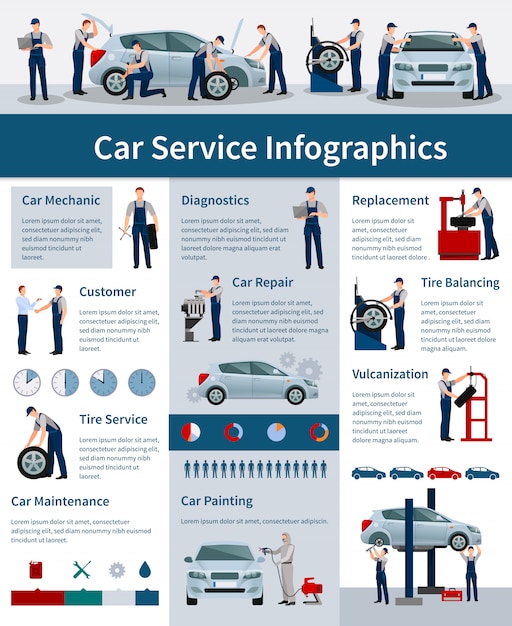Eager To Recognize What The Dashboard Warning Lights In Your Car Signify? Discover Their Meanings For The Health And Safety And Security Of Your Vehicle
Eager To Recognize What The Dashboard Warning Lights In Your Car Signify? Discover Their Meanings For The Health And Safety And Security Of Your Vehicle
Blog Article
Web Content By-Higgins Winters
When you're behind the wheel, those radiant caution lights on your control panel can be a bit complicated. Do you understand what they're trying to inform you regarding your vehicle's health and wellness? Comprehending the significance of these lights is crucial for your safety and the longevity of your automobile. So, the following time among those lights turns up, would not you wish to understand its message accurately and take the required actions to resolve it?
Common Warning Lights and Interpretations
Determine common warning lights in your auto and recognize their definitions to guarantee safe driving.
The most common caution lights include the check engine light, which signals concerns with the engine or emissions system. If this light begins, it's critical to have your lorry inspected quickly.
The oil stress advising light shows reduced oil stress, calling for immediate attention to stop engine damage.
A blinking battery light could recommend a damaged charging system, potentially leaving you stranded otherwise attended to.
The tire pressure surveillance system (TPMS) light signals you to reduced tire stress, impacting automobile stability and fuel efficiency. Disregarding this could result in harmful driving problems.
The ABS light shows a trouble with the anti-lock stopping system, compromising your capability to quit quickly in emergencies.
Last but not least, the coolant temperature level advising light warns of engine getting too hot, which can lead to serious damages otherwise fixed promptly.
Recognizing these typical warning lights will aid you resolve concerns without delay and preserve risk-free driving conditions.
Relevance of Prompt Attention
Recognizing the common caution lights in your auto is only the primary step; the importance of without delay attending to these warnings can't be highlighted enough to ensure your safety when driving.
When a warning light illuminates on your dashboard, it's your auto's means of communicating a possible problem that needs attention. Neglecting https://brakechange29406.bloggip.com/31136917/crucial-equipment-that-every-automobile-fixing-facility-must-consist-of can cause more extreme issues in the future, jeopardizing your safety and security and potentially costing you more out of commission.
Prompt focus to alerting lights can protect against failures and crashes. As an example, a flashing check engine light can suggest a misfire that, if left unattended, might trigger damage to the catalytic converter. Addressing this promptly can conserve you from an expensive fixing.
Similarly, https://vehicle-suspension-testin06283.madmouseblog.com/11563173/essential-devices-required-in-every-automotive-fixing-workshop alerting light may signal reduced brake liquid or used brake pads, essential parts for your safety and security when driving.
DIY Troubleshooting Tips
If you notice a caution light on your control panel, there are a few DIY repairing pointers you can try prior to looking for specialist aid.
The first step is to consult your automobile's handbook to recognize what the certain caution light shows. Occasionally the problem can be as simple as a loose gas cap setting off the check engine light. Tightening up the gas cap may solve the problem.
One more typical issue is a reduced battery, which can trigger numerous advising lights. Examining the battery connections for rust and guaranteeing they're safe could repair the issue.
If a warning light persists, you can attempt resetting it by disconnecting the car's battery for a couple of mins and then reconnecting it. Furthermore, checking your vehicle's fluid levels, such as oil, coolant, and brake liquid, can aid fix cautioning lights associated with these systems.
Final thought
In conclusion, comprehending your automobile's warning lights is crucial for maintaining your car running smoothly and safely. By quickly attending to amd detailing and recognizing what they mean, you can avoid costly repairs and possible break downs.
Keep in mind to consult your automobile's manual for certain information on each warning light and take action accordingly to ensure a trouble-free driving experience.
Remain educated, remain safe when driving!
